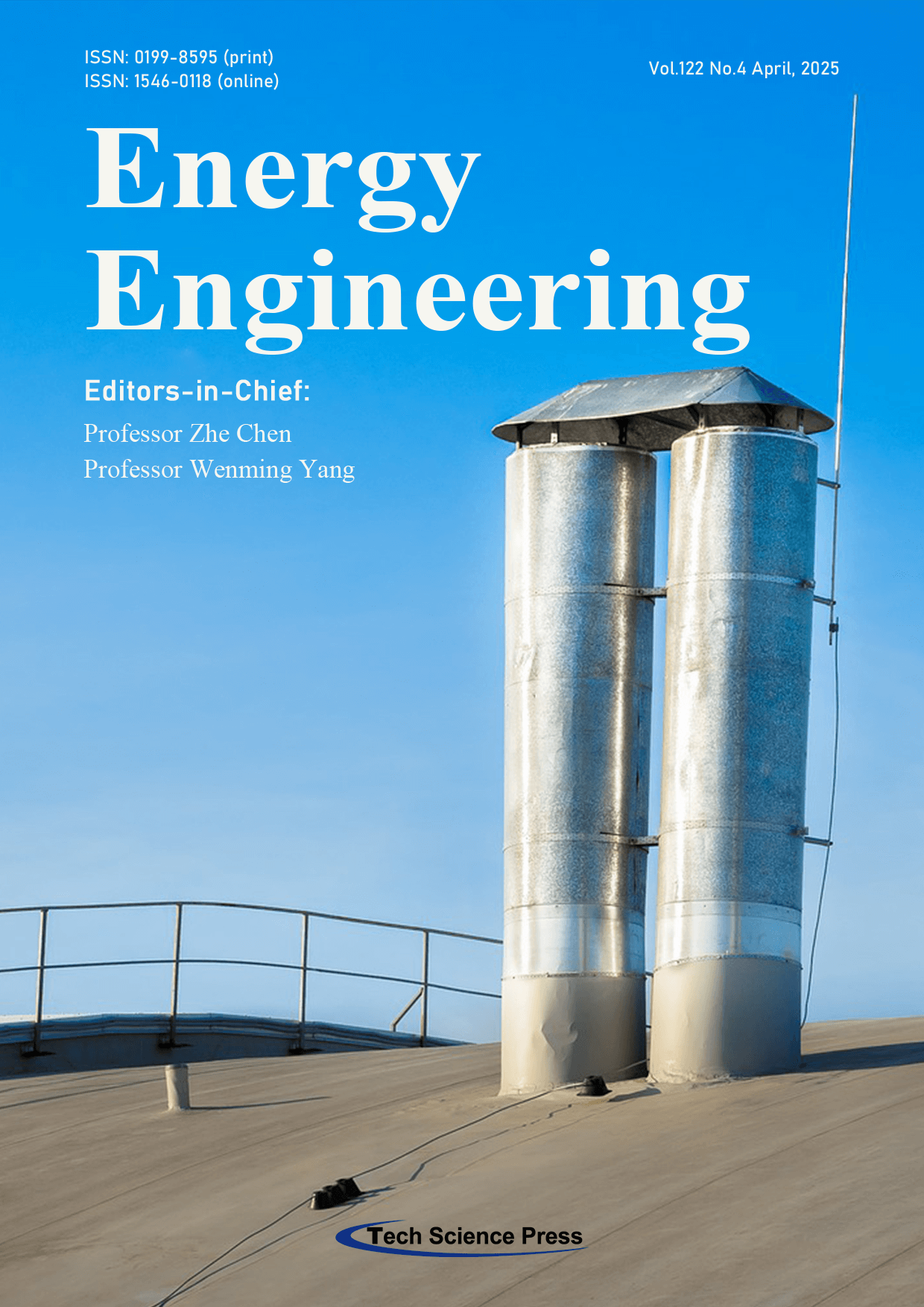
This research presents a new method to boost the efficiency of evaporative coolers by integrating magnetized water and a heat exchanger. Aloni 100 L, a locally manufactured evaporative cooling system, and tap water were used in experiments. Our experiments show a significant rise in cooling efficiency, with magnetized water increasing from 70.62% to 91.43%. In a similar vein, adding the heat exchanger leads to a significant improvement, raising the cooling efficiency from 69.44% to 93.96%. Furthermore, the combined use of magnetized water and a heat exchanger results in exceptional performance, increasing cooling efficiencies by 29.5% and 35.3% compared to using only magnetized water or only a heat exchanger, respectively. This study also explores the largely untapped potential of magnetized water, providing valuable insights into its effects on water properties and its broader applications in various fields. These findings represent a significant advancement in air cooling technology and pave the way for more energy-efficient and sustainable solutions.
View this paper